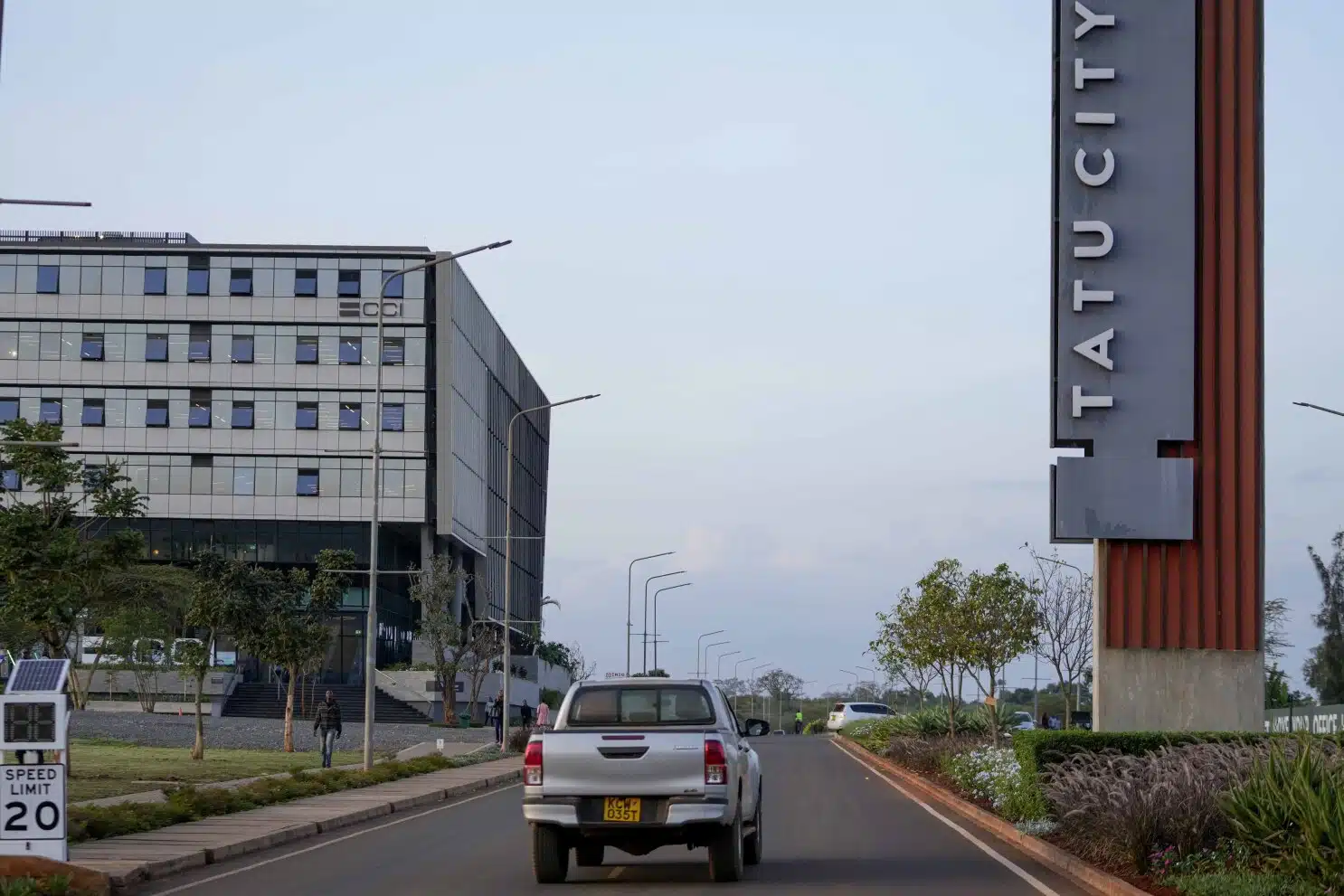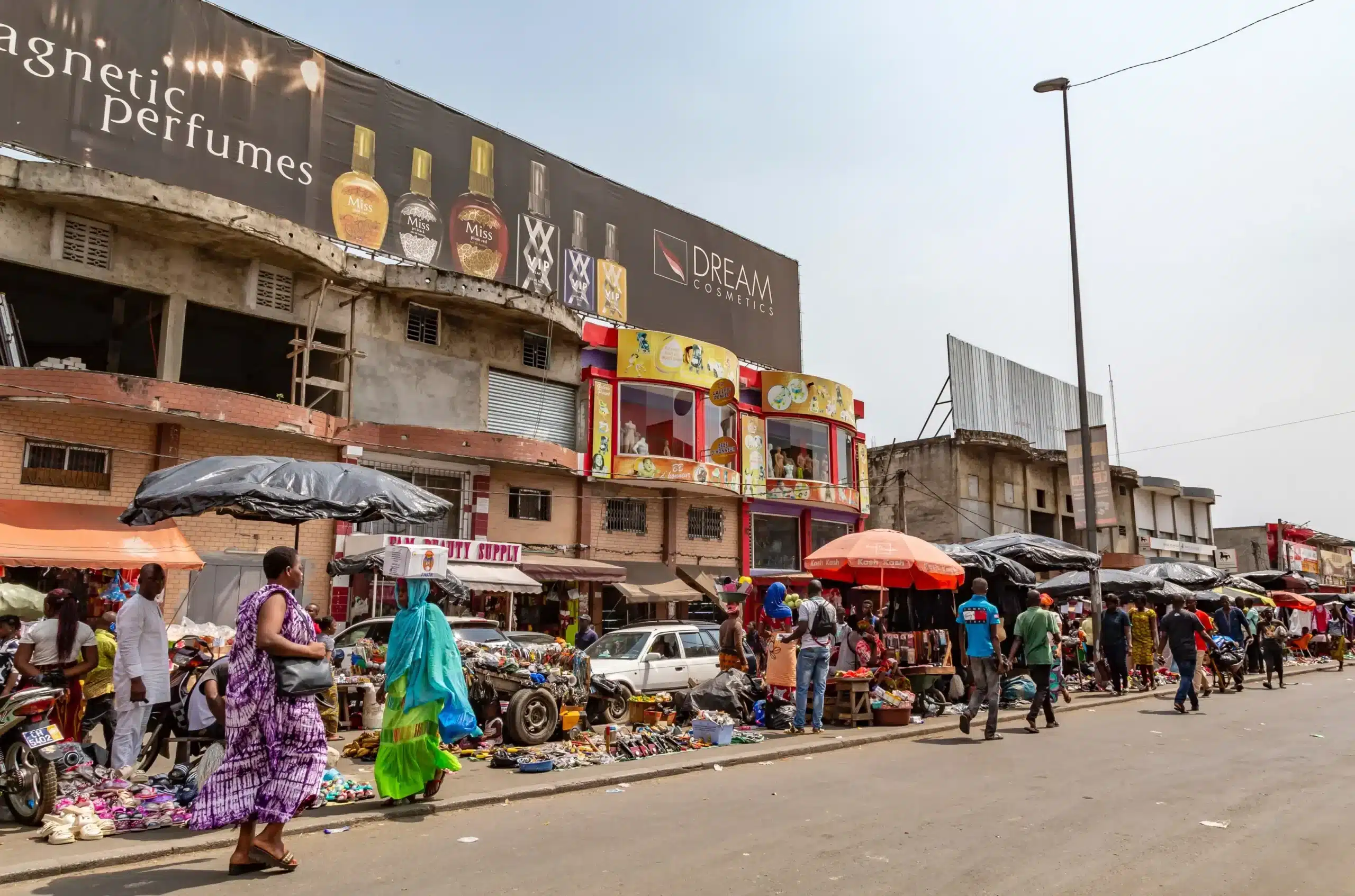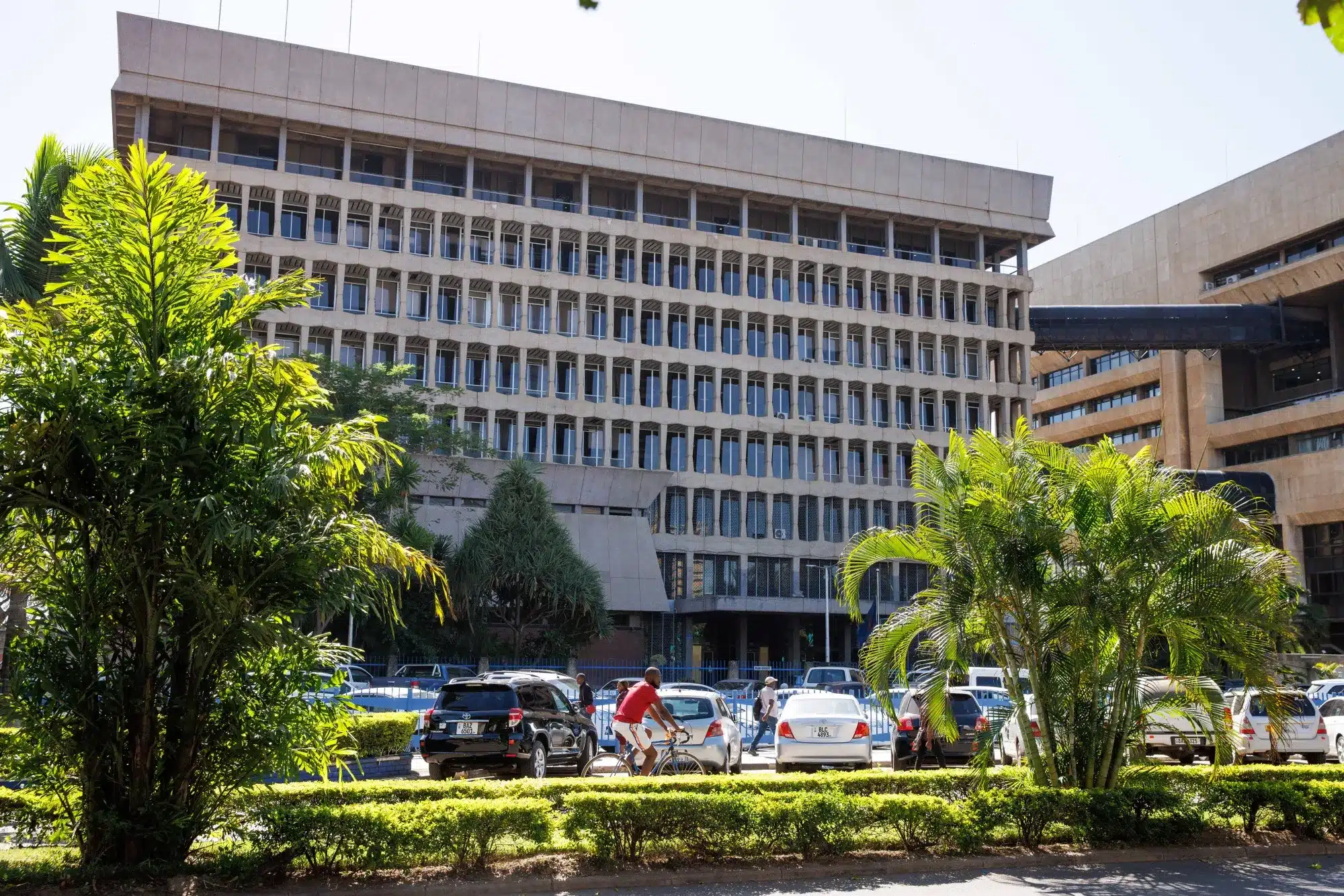Kenya’s industrial map is shifting. Burdened by congestion, outdated infrastructure, and soaring land costs, a growing number of manufacturers and logistics companies are abandoning Nairobi’s ageing Industrial Area for Tatu City — a $3 billion privately built Special Economic Zone (SEZ) located 20 kilometres north of the capital.
Developed by Rendeavour, Africa’s largest private city builder, the 5,000-acre project has become a flagship in Kenya’s push to position itself as East Africa’s investment and industrial hub.
More than 100 licensed enterprises already operate inside Tatu City, accounting for nearly half of all SEZ-registered firms nationally. About 70% of these are Kenyan-owned, with the rest backed by foreign investors, according to Tatu City executives.
A promising alternative — or corporate pitch?
What began in 2010 as a real estate venture has evolved into a mixed-use ecosystem with industrial, residential, commercial, and educational zones. The developer touts Tatu as offering space, modern infrastructure, and regulatory efficiency that Nairobi’s industrial base can no longer provide.
Yet much of the narrative around Tatu comes directly from its promoters. In a recent webinar, executives described it as a “strategic response” to Nairobi’s bottlenecks.
“Firms are running out of space and, because of the property dynamics in Nairobi, land has become very expensive,” said David Karimi, Head of Sales at Tatu City. “Our traditional industrial area is simply not designed to meet modern business needs.”
But there are concerns that while SEZs ease pressure, they risk creating isolated pockets of efficiency instead of tackling Kenya’s wider urban and infrastructure challenges.
Incentives and trade-offs
Kenya’s SEZ framework offers firms generous incentives: corporate tax breaks of up to 20 years, Value Added Tax and import duty exemptions, and faster approval timelines. Tatu City also boasts purpose-built roads, a 30-million-litre water tank, and a power supply said to be 16% cheaper than Nairobi’s average.
But these incentives come at a cost. Reduced tax rates mean foregone revenue for the government, and critics worry that such zones can tilt competition in favour of SEZ-based firms at the expense of those outside. According to data from the Central Bank of Kenya, tax revenue dropped to $5.26 billion in October 2024 and $16.7 billion in June 2024.
Sustainability is also a concern: what happens when tax holidays expire?
Clustering advantage — With limits
Tatu City’s clustering of firms across agribusiness, logistics, beverages, and healthcare offers supply chain efficiencies. Local players like Twiga Foods, Kenya Wine Agencies Limited, Freight Forwarders Solutions, Copia, and Davis & Shirtliff operate alongside international names such as Heineken and Kärcher.
Still, the benefits may not be universal. Smaller Kenyan firms could find the costs of relocating prohibitive, while those already locked into Nairobi’s industrial ecosystem may lack the flexibility to shift.
Nairobi’s decline vs. Tatu’s rise
The contrast with Nairobi’s mid-20th-century industrial zones is stark: frequent outages, land speculation, and rising transport costs. For manufacturers reliant on predictable logistics and stable utilities, Tatu’s offer of 99.8% power uptime and on-site approvals is compelling.
Yet some arguments moving firms out of Nairobi don’t solve the capital’s deeper structural issues — it simply shifts activity northwards. Without investment in Nairobi’s infrastructure, the city risks hollowing out its industrial base and deepening inequality between SEZ enclaves and the broader economy.
A model for Kenya — or just one development?
Kenya’s Ministry of Investments and Trade has championed SEZs as a growth driver, especially under the African Continental Free Trade Area framework. With political stability and access to regional markets, officials argue that hubs like Tatu could scale Kenya’s industrial footprint.
“With shifting global geopolitics, Kenya is becoming an investment destination for international companies, and SEZs like Tatu City offer a perfect plug-and-play opportunity,” said Lee Kinyanjui, Cabinet Secretary for Investments, Trade and Industry.
But SEZs across Africa have a mixed track record. In Nigeria, Ethiopia, and Tanzania, projects have often failed to meet expectations due to governance issues, investor pull-outs, or inadequate local integration. Whether Tatu can avoid these pitfalls remains to be seen.
The bottom line
Tatu City is undeniably reshaping Kenya’s industrial geography, drawing companies frustrated with Nairobi’s ageing infrastructure. It offers efficiency, incentives, and scale. But behind the glossy investor pitches lie harder questions:
- Are SEZ tax breaks worth the fiscal cost?
- Will Nairobi’s decline drag down the wider economy?
- Can Kenya replicate Tatu’s model elsewhere, or is it a one-off?
If these questions go unanswered, Tatu City risks being seen less as a model for transformation and more as a privileged enclave.











